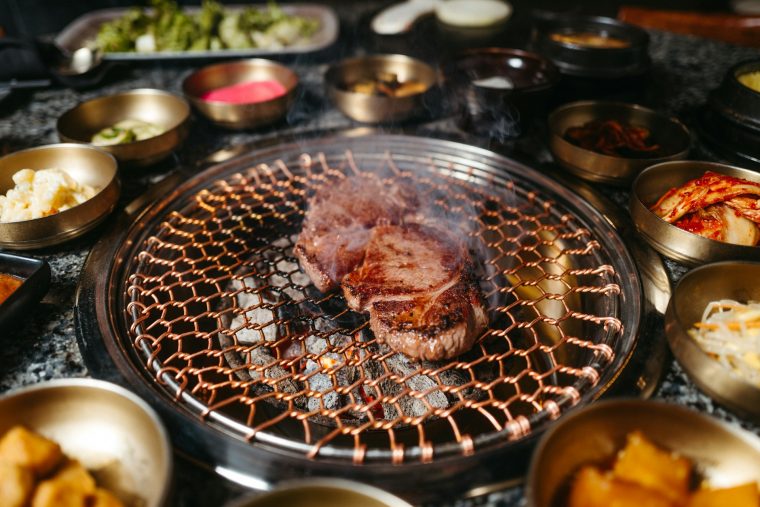Korean cuisine has captivated food lovers around the globe with its bold flavors, rich history, and diverse dishes. Whether you enjoy savory, spicy, or sweet flavors, there’s something in Korean cuisine to suit your taste. Let’s explore ten must-try dishes that highlight the best of Korea’s culinary delights.
1. Kimchi (김치)
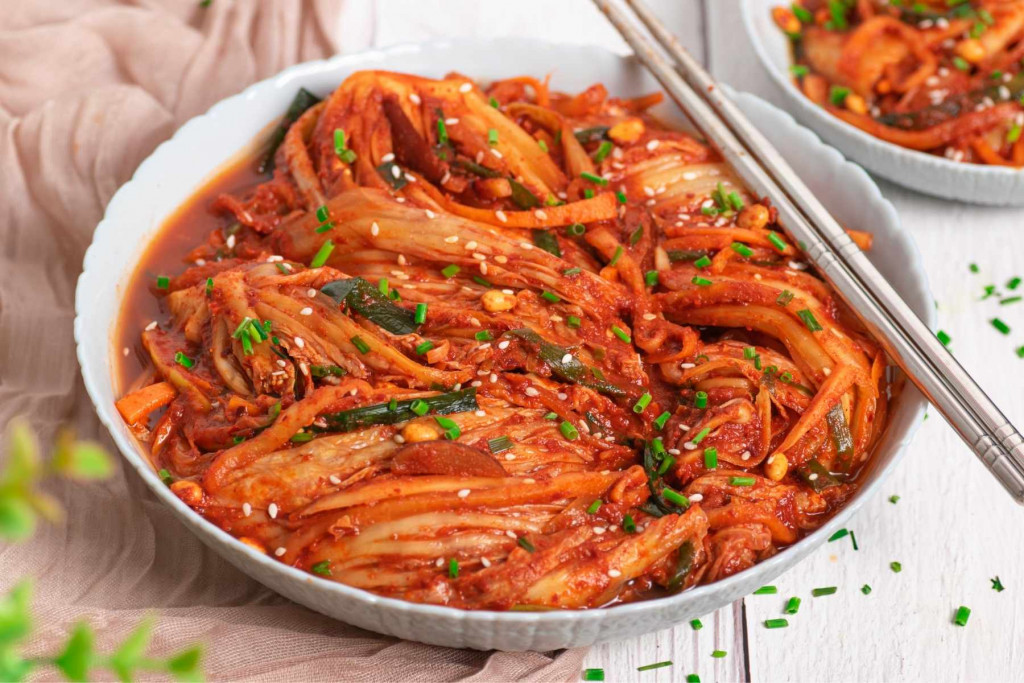
Source: SugarYums
Kimchi is Korea’s signature side dish, made from fermented cabbage, radish, and a mix of seasonings. With its spicy and tangy flavors, it’s a versatile accompaniment to almost every Korean meal. Beyond its taste, kimchi is coming with probiotics, offering excellent health benefits, including aiding digestion.
Tip: Try different varieties, such as cucumber kimchi or white kimchi, for unique flavor experiences.
2. Bibimbap (비빔밥)
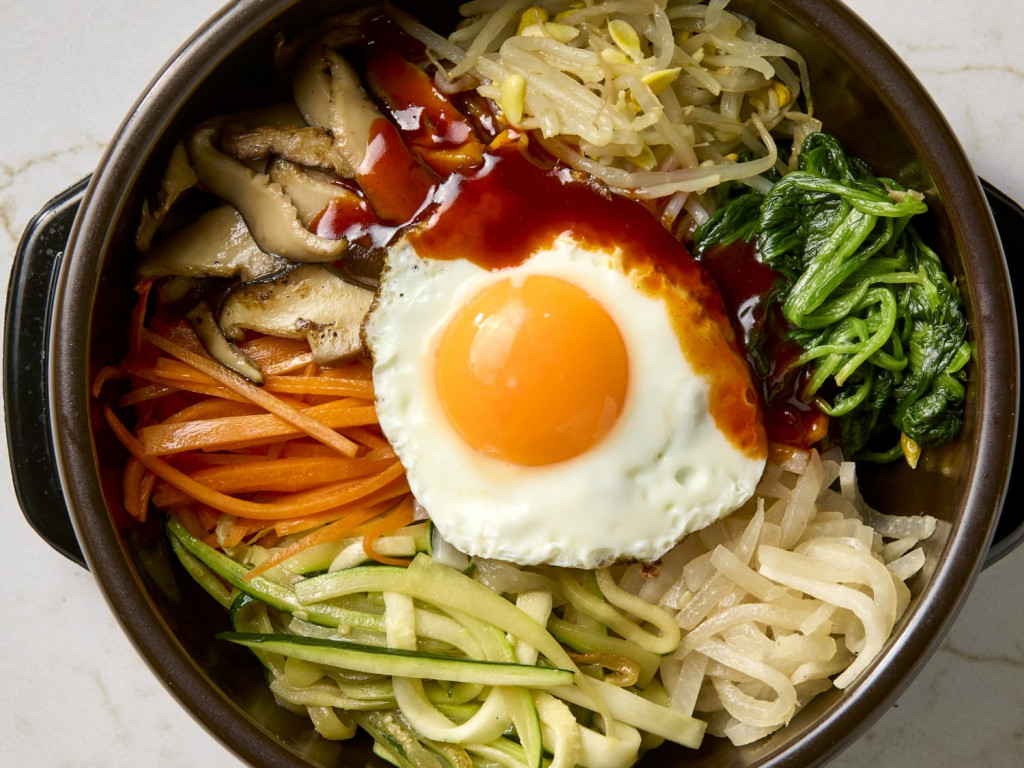
Source: The Kitchn
Bibimbap is a vibrant bowl of rice topped with assorted vegetables, a fried egg, and gochujang (spicy chili paste). This dish is a delightful mix of flavors and textures, especially when served in a sizzling stone bowl that creates crispy rice at the bottom.
Why it’s special: It’s customizable—add beef, chicken, or tofu based on your preference.
3. Bulgogi (불고기)
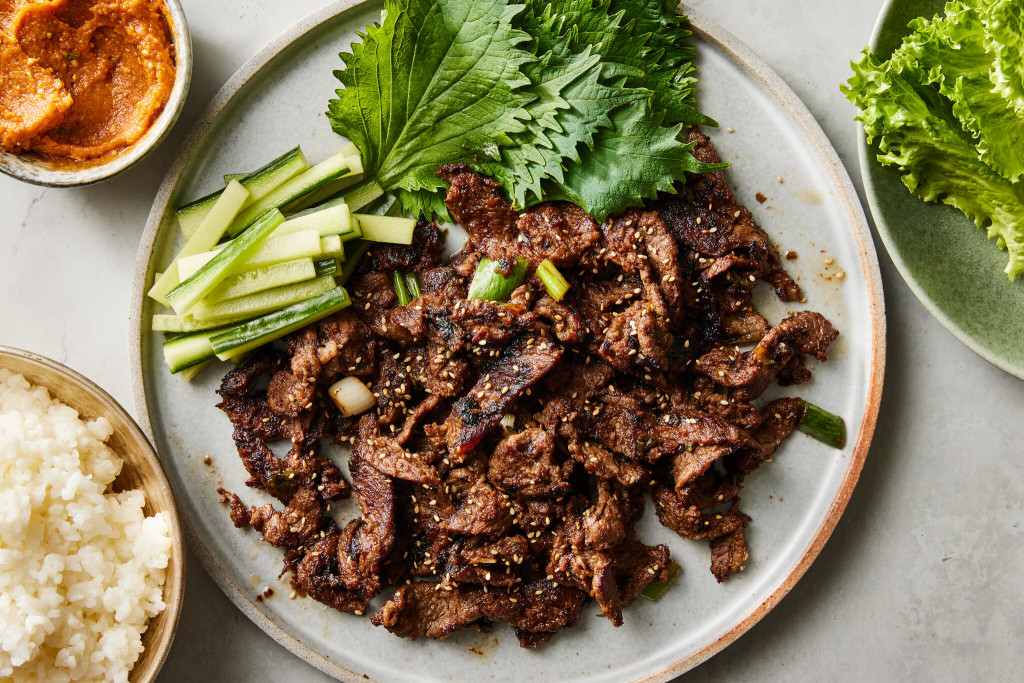
Source: NYT Cooking
Bulgogi, or marinated beef, is a beloved Korean dish known for its savory and slightly sweet taste. Thin slices of beef are marinated in soy sauce, sesame oil, garlic, and sugar before being grilled or stir-fried.
Perfect for: Barbecue nights or a flavorful protein addition to your meals.
4. Tteokbokki (떡볶이)
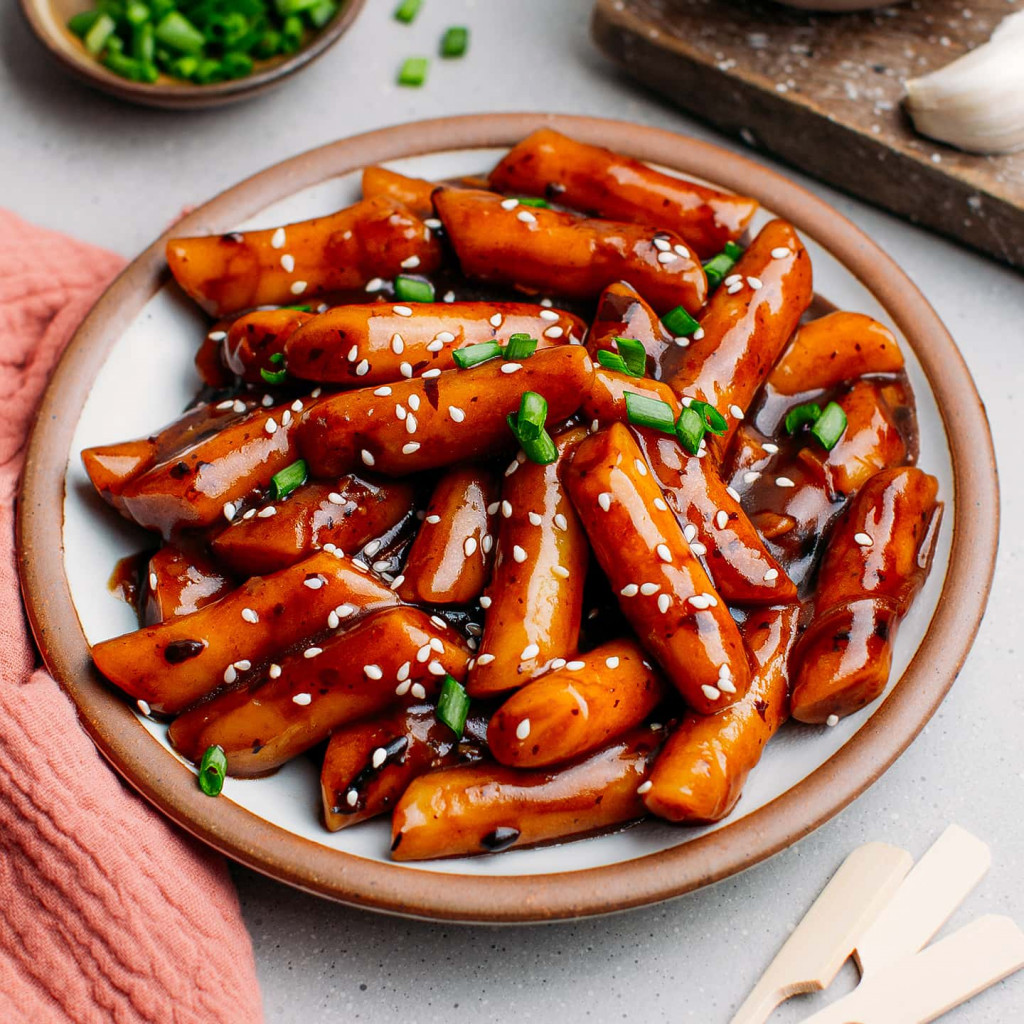
Source: Full of Plants
Tteokbokki is a popular street food featuring chewy rice cakes simmered in a spicy-sweet gochujang sauce. Often served with fish cakes and boiled eggs, this dish is perfect for those who love a little heat.
Did you know? Tteokbokki is a favorite comfort food for Koreans, especially during colder months.
5. Japchae (잡채)
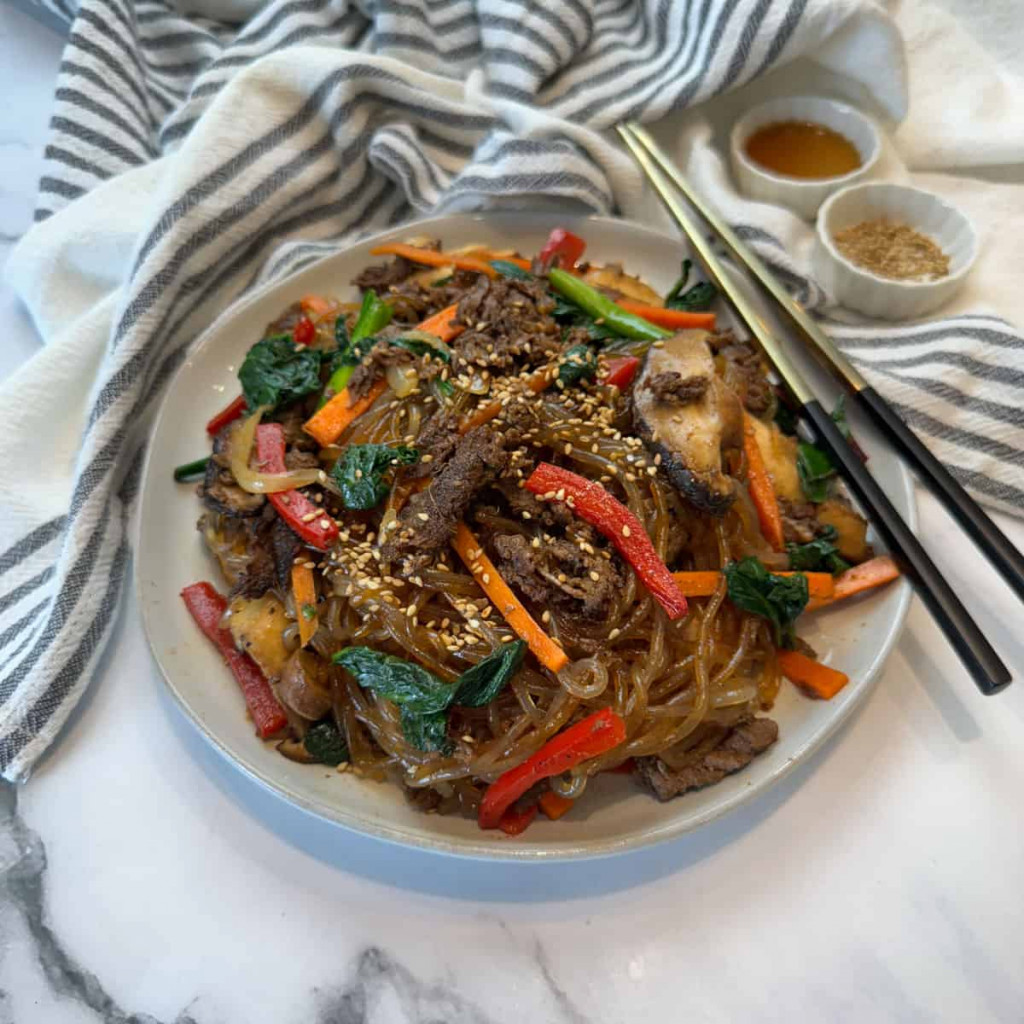
Source: The Savory Chopstick
Japchae is a stir-fried noodle dish that made with chewy sweet potato starch noodles, vegetables, and often beef. Its light yet flavorful sesame soy seasoning makes it a favorite for special occasions.
Great for: A gluten-free noodle option with a balance of sweet and savory.
You might like: 5 Finest Kebab Spots in Turkey
6. Samgyeopsal (삼겹살)
Samgyeopsal, or grilled pork belly, is a Korean barbecue classic. Served with lettuce wraps, garlic, and ssamjang (fermented soybean paste), it’s an interactive dining experience.
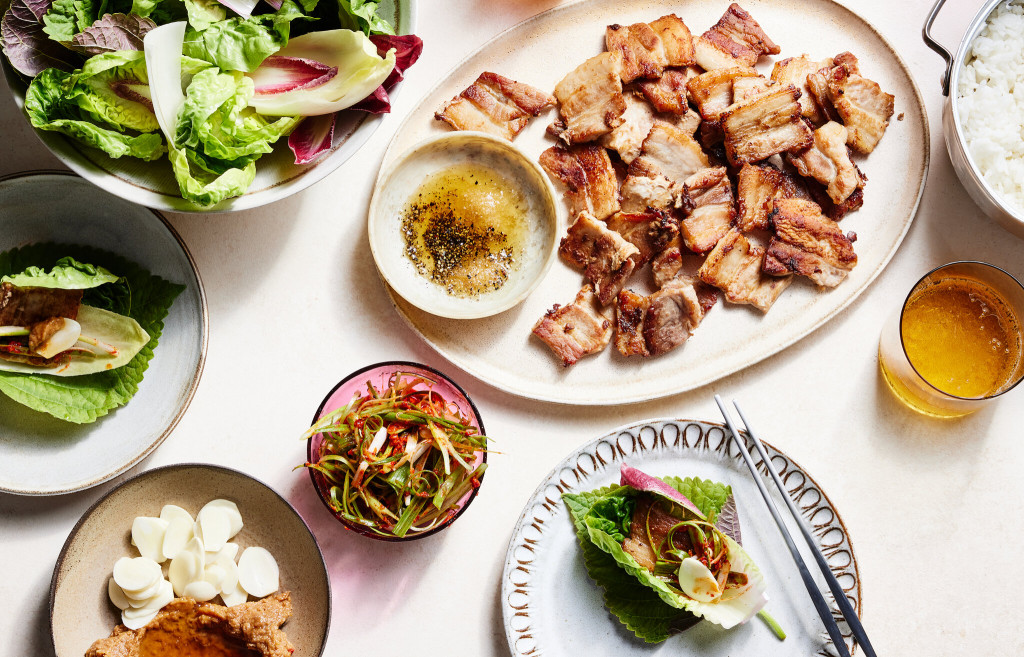
Source: NYC Cooking
How to eat: Wrap the grilled pork in lettuce, add garlic, kimchi, and ssamjang, and enjoy a burst of flavors.
7. Haemul Pajeon (해물파전)

Source: Asian Inspirations
Haemul pajeon is a savory pancake loaded with green onions and seafood like shrimp, squid, and clams. It’s crispy on the outside and soft inside, making it an ideal appetizer or snack.
Pairs well with: A glass of makgeolli (Korean rice wine) for a traditional experience.
8. Gimbap (김밥)

Source: Serious Eats
Gimbap is a Korean-style sushi roll made with rice, vegetables, and proteins, wrapped in seaweed. It’s light, portable, and perfect for a quick meal or picnic.
Variety: Try gimbap filled with tuna, cheese, or spicy pork for an exciting twist.
9. Sundubu Jjigae (순두부찌개)

Source: Christie at Home
Sundubu jjigae is a spicy tofu stew that served bubbling hot in a clay pot. It’s coming with silky tofu, vegetables, and your choice of seafood or meat. The bold, spicy flavors are comforting and warming.
Pro tip: Crack a raw egg into the stew for extra richness.
10. Patbingsu (팥빙수)

Source: Wikipedia
Patbingsu is a traditional Korean shaved ice dessert topped with sweet red bean paste, fruits, and condensed milk. Modern versions often include toppings like ice cream, chocolate, or mochi, making it a fun and refreshing treat.
Best time to enjoy: Perfect for cooling down on a hot summer day.
Why Explore Korean Cuisine?
Korean cuisine is a delightful mix of history, tradition, and bold flavors. Whether you’re a fan of spicy dishes like tteokbokki or comforting options like sundubu jjigae, there’s always something to savor. Exploring Korean cuisine allows you to experience the country’s culture and traditions through food.
Conclusion
These ten dishes are just the beginning. Dive deeper into Korean culinary culture, and you’ll find even more exciting flavors to love!

